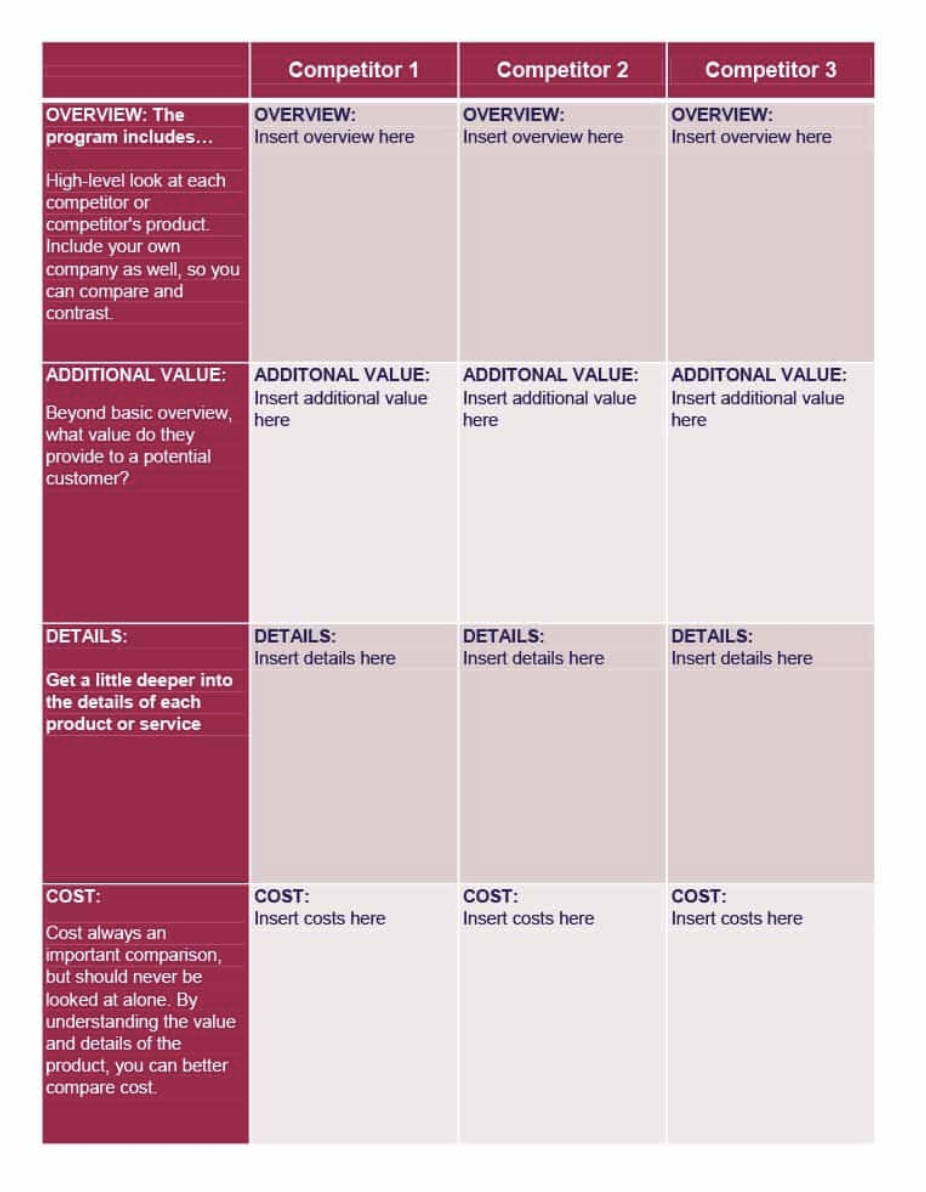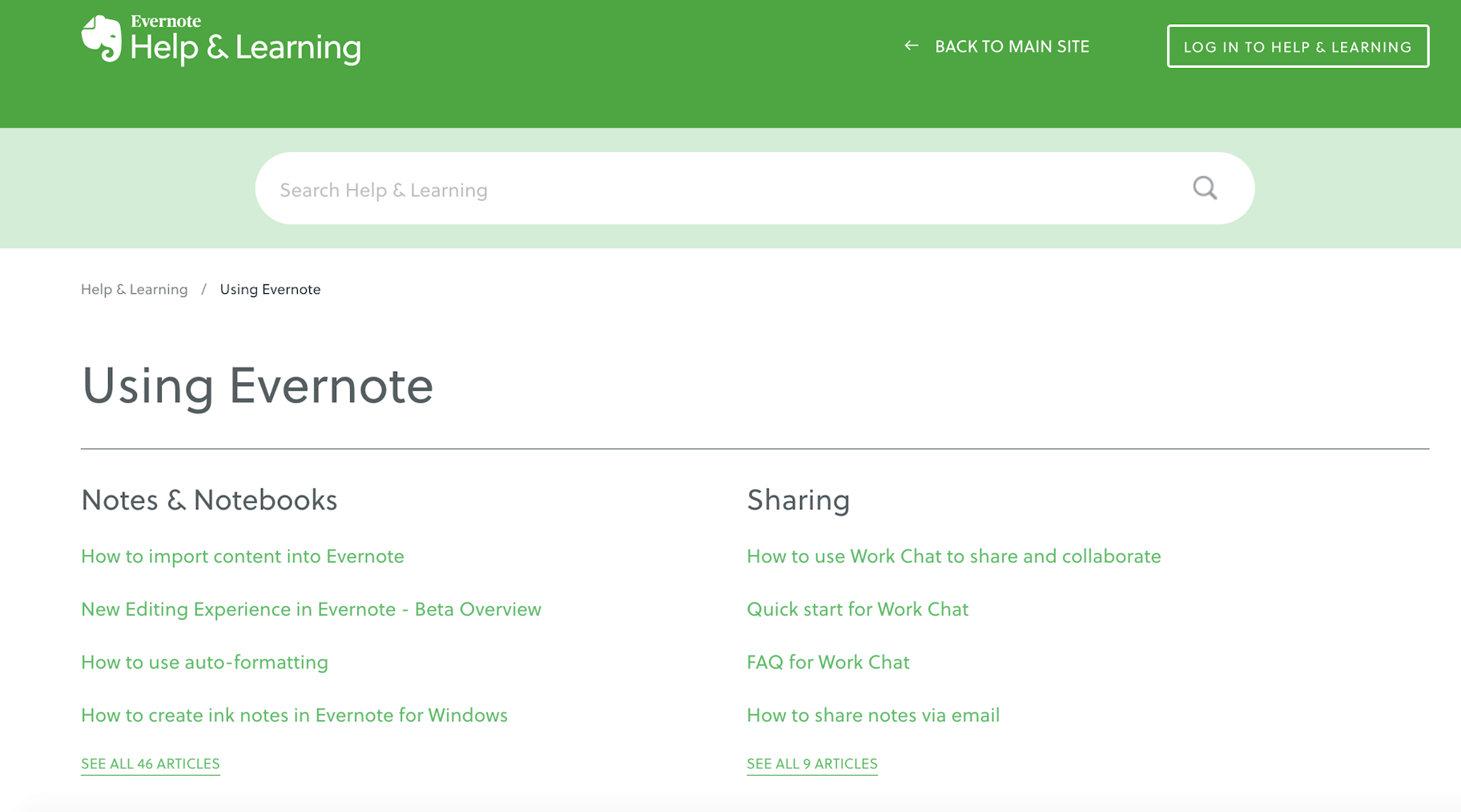A business is nothing without its customers.
Despite this indisputable fact, some businesses try to manage without paying any sort of special attention to their customers’ needs. They focus on their own ideas and assumptions without stopping to listen to how relevant or effective they are.
Spoiler alert: those businesses don’t last very long.
Especially when it comes to online shopping, where customers are more willing than ever to jump ship if you don’t readily meet their needs – which are often just “wants,” but the difference doesn’t really matter if they’re expecting you to fill them!
In a study conducted by PricewaterhouseCoopers, one in three customers said they’d break up with a brand after just one poor experience.
That’s why this article is all about understanding customer needs. We’ll look at what the term actually means, the psychology behind them, some common customer needs examples, and how you can make sure you’re giving your customers what they need (and want).
Let’s get to it.
Post Contents



What Are Customer Needs?
On the surface, the definition of customer needs seems pretty simple. They’re the physical and psychological motivators that cause customers to buy a particular product or service.
But when you dig a little deeper, you’ll find that the answer can be as complex as humans themselves (which, I think we can all agree, is pretty damn complex).
→ Click Here to Launch Your Online Business with Shopify
This is because physical and psychological motivators are layered on top of each other. Physical motivators are typically easy to identify. Psychological motivators are more abstract because they only exist inside our brains. They’re shaped by our beliefs, opinions, desires, and preferences.
And there’s a whole extra psychological layer for what a person needs (or wants) from the companies they do business with. This is where we see customer needs like convenience, reliability, affordable price, and good service.
Let us explain by breaking down these types of customer needs.
Types of Customer Needs: Physical vs. Psychological
Physical needs are easier to identify because they have a direct, measurable, and sometimes tangible cause. If your hands are cold, you need gloves. If your windshield is broken, you need to have it fixed. If your empty stomach is growling, you need to eat.
Physical needs are at the bottom of the pyramid for why a customer seeks out a product or service.
It’s important to note that in some cases, a customer doesn’t actually have a physical need to fill. Impulse shopping is a great example of this. Did you really need that cat-shaped glow-in-the-dark coffee mug?
Whether or not there’s an urgent physical need, psychological needs are the decision-making forces. They guide a customer’s decision to choose one brand or item over the competition.
This is where things get slippery for business owners and marketers. The only way we can identify and meet psychological needs is by asking the customer directly, or studying their behaviors and using our findings to make educated guesses.
Let’s look at some of the most common customer needs.
Examples of Common Customer Needs
Understanding customer needs allows you to give your customers more positive experiences, which in turn builds brand loyalty. Not to mention building your profit margins.
Without diving into the deeper psychology of each person, customers tend to want the same things, like:
- A good value that strikes a balance between cost and usefulness
- Convenient shopping experiences that don’t waste their time in completely avoidable ways (PwC found that 43 percent of customers are actually willing to pay more for a convenience boost)
- Dependable transactions where brands, products, and services do what they promise
- Feeling supported and listened to by customer service in case anything goes wrong
These are pretty straight forward.
To go the extra mile, try to understand the psychological motivators behind why your customers want these and other things. As we mentioned earlier, one of the ways to do this is by working backward from their observable behaviors.
Here are a few examples of the millions of ways that psychological customer needs might translate into behaviors.
| Psychological Need | Observable Behavior |
| To make their job or life as efficient and streamlined as possible | Buying products that have specific features and functionalities that are useful to them |
| To save money and feel financially comfortable | A relentless dedication to finding “the best deal” |
| To be altruistic and positively contribute to society | Opting to shop with brands that align with their personal values |
| To conserve their time and minimize stress | Opting for brands with hyper-convenient shopping and purchasing processes |
| To feel like they can always trust and rely on the companies they do business with | Opting for brands that are known for their helpful customer service and positive experiences |
| To have a minimalist lifestyle | Buying products that meet physical needs instead of splurging on unnecessary (but awesome) stuff |
| To live luxuriously, and possibly also be perceived as wealthy and esteemed by their peers | Buying luxury items that represent power, status, and exclusivity |
Now that you have a primer, let’s look at how you can find and meet the specific needs of your customers.
How to Meet Customer Needs
Here are a few ways you can work on meeting the needs of your customers.
1. Collect Direct Feedback from Your Customers
Customer feedback is one of the easiest ways to find out what your customers like, want, and dislike.
The world’s biggest companies are constantly using this approach in order to understand customer needs.
Part of Apple’s success, for example, has come from understanding – and then meeting – consumers’ psychological need to buy premium products.
Many users asked for their iPhones, iPads, Apple Watches and Macbooks to have richer functionality and better design, and Apple consistently delivers.

Its newer model for each product comes with all of the latest features and a design that’s sleek and sophisticated.
There are several ways you can get feedback from your customers. The most frequently used methods are:
Surveys: You can conduct surveys in person, via phone, or using an online survey tool like Typeform.
Use open-ended questions that give them the freedom to say what’s on their mind without being influenced by a list of options.
One example: What other features would you like to see in our product?
Interviews: Interview some of your existing customers. A one-on-one setting might give you the opportunity to get more detailed answers than a simple survey.
What do you feel is missing from our product? Exactly what are you trying to achieve with it?
Questions like these can be instrumental when identifying the needs of your customers.
Social listening: Keeping track of social mentions is also a great way to identify customer needs.
People often take to Facebook, Instagram, and Twitter to candidly speak their mind about products and services. Monitoring their opinions and frustrations will help you identify unfulfilled needs as well as where your business could improve.
With tools like Keyhole, you can easily see where your business has been mentioned online.
No matter which feedback techniques you use, be sure to include your entire team during this process. Chances are, everyone will have a unique perspective based on their role.
This is especially true for your customer service department. It might be a big mistake to leave them out of the process, as they’re the ones who are in the trenches of handling customer needs.
2. Keep a Close Eye On Your Competitors
Your competitors can influence your customers’ expectations and needs, so pay attention to them.
With the increased use of the internet to purchase goods and services, you’re not just competing with nearby businesses. Even businesses from other countries can identify, shape, and meet your customers’ needs.
This is why it’s critical that you stay up to date with what competitors are doing in the market and what customers think about their offerings. Below is a free competitor analysis template you can use to get started.

To see your customers’ perception of the competition, you can use the same feedback strategies as in the previous section. Just make sure to modify the questions to reflect that you’re collecting feedback on other businesses.
3. Create a “Customer Needs Statement”
A customer needs statement is used in customer service, marketing, and product development initiatives to offer an in-depth overview of the customer.
It helps each department ensure the end-product offers the traits, features, and benefits required to satisfy customer needs.
Think of it as a customer needs analysis that helps you identify and fulfill the requirements that customers have for a product or service.
While there are no strict rules to how this statement should look, it should cover the following things about your customer:
- Who they are: It’s always helpful to know details like the customer’s age, gender, marital status, and location.
- Why they buy: If you can understand the motivations behind their purchase, you’ll find it easier to tie customer needs to the benefits your company can offer.
- How they buy: Some customers prefer to shop from a company’s website, while others prefer to visit their store.
- How much they can afford to spend: You’ll have a much better chance of meeting customer needs if you can match your offer to what they can afford.
- What they expect from you: For instance, if your customers expect fast shipping and you give it to them, they’re much more likely to come back and buy from you again.
- What makes them tick: If you know what makes customers feel good about buying from your company, you can cater to their needs in the way they prefer.
You can gather this data by looking at the purchase history of customers or conducting surveys to create your customer needs statement. Format it neatly in an easy-to-understand document that you can share with different departments in your company.
4. Plan How to Implement Customer Needs into Your Operations
You have all the insights you need. Now it’s time for some action.
Look at what to do next, how you can improve, where you need additional resources, and if there are any bottlenecks you need to handle first.
For example, let’s say that you have a customer who wants to know about a specific feature of your product, but they’ve expressed frustration about the long back-and-forth with your customer service team.
In this case, using a live chat option will allow you to meet the customer’s need to save time and avoid frustration.
You can also provide self-serve options like an FAQ section or a Knowledge Base to help customers solve their own problems, as Evernote does on its website.

In addition to acting on their feedback, you can invite customers to co-create a product or service. This can be a cost-effective way to meet customer needs. When customers provide the answers or ideas to a business, the business naturally becomes more invested in the success of its customers.
Take international courier company DHL for instance. The company has conducted several workshops with customers over the past decade in an effort to create innovative experiences and meet customer needs.
Customers are invited to speak with DHL employees and brainstorm creative solutions to enhance company performance. One of the successful outcomes of these co-creation workshops was the Parcelopter, a drone used for shipping over difficult terrains.
DHL’s co-creation initiatives have also helped reduce customer churn and increase satisfaction scores to over 80 percent, proving that they’re doing a great job of meeting customer expectations.
When customers are able to contribute to the development of a product, they’re more likely to develop a positive perception of the brand and feel like their needs are being prioritized.
This will inevitably lead to results like increased referrals, high satisfaction scores, or even a solution that helps you gain a competitive advantage.
Customer-Centric or Bust
In the past, it was a great idea for businesses to put their customers first. Today, you simply can’t survive in the long run unless this strategy is at the core of everything you do.
The world’s most prolific and profitable companies have customer-centric cultures, where attention to customer needs, wishes, and behaviors guide their entire business model.
If you’re not quite there yet, you can take small steps today. To start, use research and your own customer channels to collect insights and feedback about what your customers are looking for. Share this information with other leaders at your company, identify your biggest gaps, and brainstorm ideas to close the gaps.
With a little critical thought and teamwork, you might uncover a brilliant idea that was right under your nose all along.






